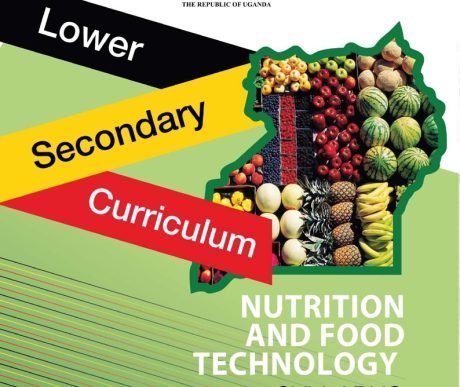107
This Biology senior one course was created in line with the new Lower Secondary curriculum book that was drafted by …
This Biology senior one course was created in line with the new Lower Secondary curriculum book that was drafted by the Uganda National Curriculum Development Centre (NCDC). Learner’s course has been written in line with the revised Biology syllabus. The knowledge and skills which have been incorporated are what is partly required to produce a learner who has the competences that are required in the 21st century. This has been done by providing a range of activities which will be conducted both within and outside the classroom setting. The learner is expected to be able to work as an individual, in pairs and groups according to the nature of the activities. The teacher as a facilitator will prepare what the learners are to learn and this Learner’s Textbook is one of the materials which are to be used to support the teaching and learning process.
Course Currilcum
- INTRODUCTION TO BIOLOGY Details FREE 1 year
- Key Words By the end of this chapter, you should be able to learn: • biology • life processes • zoology • botany • physiology • that Biology is the science of living things. • that Biology is applied in everyday life. • the importance of life processes and how they are manifested differently in different organisms.
- INTRODUCTION TO BIOLOGY assignment 15, 00:00
- CELLS Details FREE 06:05:00
- Key Words By the end of this chapter, you should be able to learn: • cell • cytoplasm • cell membrane • nucleus
- CELLS assignment 15, 00:00
- CLASSIFICATION Details FREE 00:00:00
- Key Words By the end of this chapter, you should be able to learn: • taxonomy • bi-nomial • monera • protoctista • fungi • bryophytes • pteridophytes • spermatophytes • arthropods • chordates • viruses • how living organisms are grouped and the reasons why. • scientific names of living things that have two parts. • identification of the characteristics and examples of organisms in kingdom monera, protoctista and fungi. • the useful and harmful effects of bacteria, and fungi. • identification of the characteristics and examples of organisms in the plant kingdom. • identification of the characteristics and examples of organisms in the animal kingdom. • how to describe viruses, give common examples, their mode of transmission, effect on infected plants or animals and their prevention.
- CLASSIFICATION Assignment 10, 00:00
- INSECTS Details FREE 00:00:00
- Key Words By the end of this chapter, you should be able to learn: • dichotomous key • dorsal view • pest • methods of control • description of the antennae, eyes, mouth parts, wings and legs of a housefly, cockroach, mosquito, termite, bee, and butterfly. • to use the observable characteristics of the different insects to construct a dichotomous key to identify each. • the beneficial and harmful aspects of a housefly, cockroach, mosquito, bee and butterfly. • identification of the different methods of controlling the harmful stages of a housefly, cockroach, mosquito and butterfly.
- INSECTS activity 10, 00:00
- FLOWERING PLANTS Details FREE 00:00:00
- Chapter Summary • The key parts of flowering plants are roots, stems, leaves, flowers and fruits. • Roots, stems, leaves, flowers and fruits are essential for carrying out life processes. • Some roots, stems, leaves and fruits are adapted to carry out special functions.
- FLOWERING PLANTS A assignment 10, 00:00





